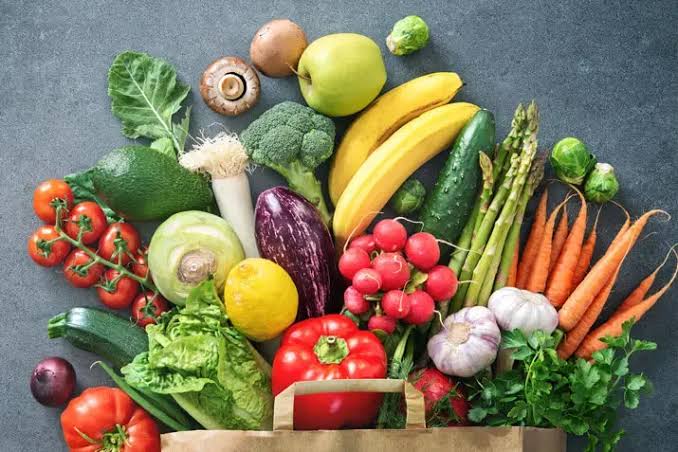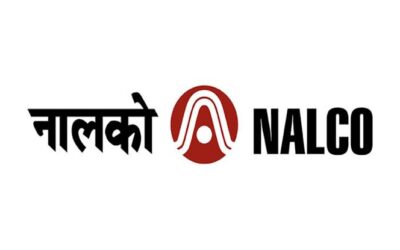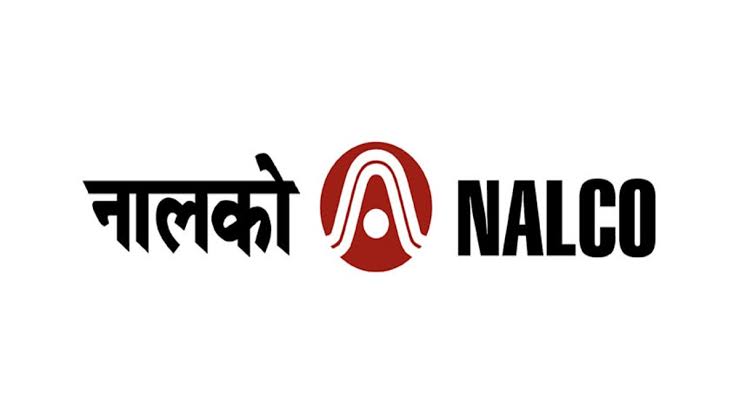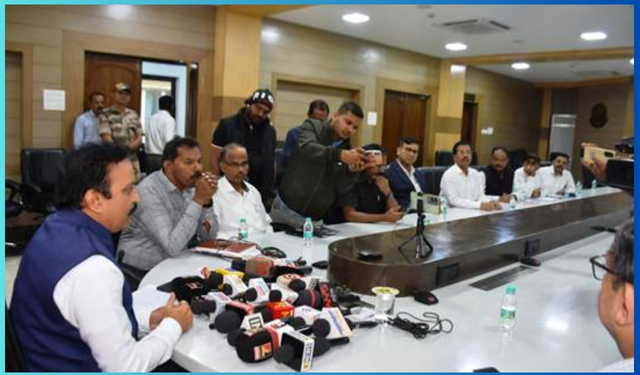Odisha Records Deflation for First Time in Years as Prices Fall in July

Retail inflation drops to -0.30% amid easing costs; state now India’s third cheapest market
Bhubaneswar: In a rare and welcome shift, Odisha has recorded deflation for the first time in years, with retail prices falling in July instead of rising. The decline has been reflected in the latest retail inflation figures, showing that overall costs of goods and services in the state have eased significantly.
According to data from the Union Ministry of Statistics and Programme Implementation, Odisha’s retail inflation stood at -0.30% in July. The rate was even lower in rural areas at -0.60%, while in urban regions it was -0.53%. This marks a sharp drop from June 2025, when the state’s retail inflation was at 2.28%—2.31% in rural areas and 2.19% in cities.
The turnaround comes after a period of prolonged price instability. Since mid-2023, Odisha’s inflation rate had shown extreme volatility. In June 2023, the rate was a relatively low 3.75%, but by December that year, it had surged to 8.73%. Throughout 2024, inflation remained elevated, making Odisha one of the costliest states in India for daily necessities.
The situation began improving at the start of 2025, with price pressures gradually easing. July’s data confirms a sustained cooling trend, attributed largely to stable supply chains and a fall in prices of essential commodities. However, experts warn that the relief may be short-lived. Vegetable prices in August have been significantly higher, raising concerns that next month’s inflation rate could rise again.
At the national level, India’s retail inflation rate for July dropped to 1.55%—the lowest in eight years. Odisha has now emerged as the country’s third cheapest market, behind Bihar, which holds the second position. Kerala remains the most expensive state, with an inflation rate of 8.89%, reflecting steep price pressures there.
Economists point out that deflation, while beneficial for consumers in the short term, must be monitored carefully. If it persists, it could discourage production and investment. For Odisha, however, the July numbers are being viewed as a sign of regained price stability after nearly two years of high inflation.
Traders and market watchers say the fall in prices has been driven by a combination of factors, including better crop yields, smoother transport logistics, and a decline in certain global commodity prices. Consumer sentiment in both rural and urban areas has improved, with many households reporting lower expenses on food items and daily essentials.
While the state government has not yet issued an official statement on the July figures, policy analysts suggest that maintaining this trend will require continued focus on supply-side management, especially for perishable goods like vegetables, which often trigger price spikes.
As Odisha steps into the latter half of 2025, all eyes will be on the August data to see if the state can sustain its position among India’s most affordable markets—or if seasonal price fluctuations will reverse the gains made in July.









